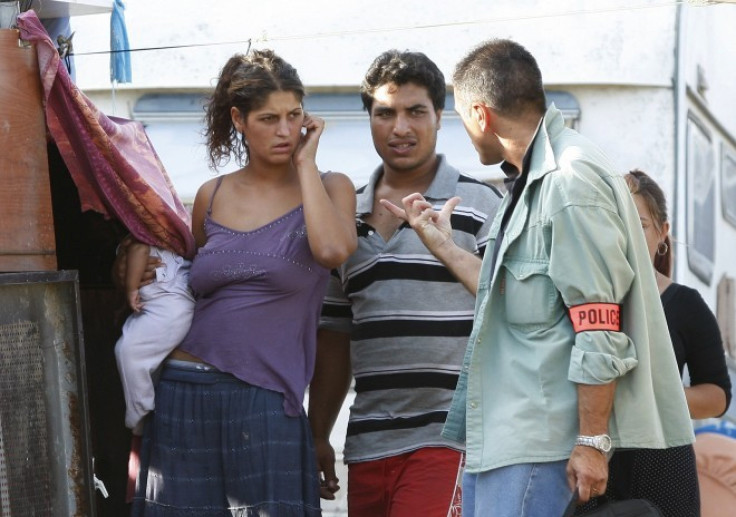Centuries Of Discrimination: European Roma Linked To India’s ‘Untouchables’

Europe’s Roma community – better known around the world by the pejorative ‘Gypsy’ – descended from India’s Dalit, i.e., ‘Untouchable’ caste, according to research by Indian academics.
While the Roma’s links to India have long been established, particularly due to physical similarities and the existence of Sanskrit words in the Romany language, this study, published in the scientific journal ‘Nature,’ explicitly posits their connection to the Dalits -- the most oppressed and marginalized peoples in India – through the evaluation of 10,000 DNA samples taken on men across India and Roma males in Europe.
Researchers at Hyderabad's Centre for Cellular and Molecular Biology – in collaboration with colleagues in Estonia and Switzerland -- found that the closest genetic match to European Roma men was discovered among Dalits living in present-day northwestern India.
If true, the assessment would suggest that the Roma have endured nothing but discrimination and persecution -- in both India and Europe -- for thousands of years.
Roma are believed to have migrated westward from India sometime in the early Middle Ages -- or perhaps as early as 600 AD -- moving through Persia, the near East and ultimately into Eastern and Central Europe. Along the way, they picked up words and customs from the various cultures they encountered.
However, what prompted them to leave India remains a mystery -- perhaps a desire to escape the oppressive Hindu caste system; or, conversely, a fear of the spread of Islam in India.
In contemporary Europe, the long nomadic Roma are principally ‘settled’ in eastern Europe, where they make up a sizable minority. But smaller Roma communities are also found as far north as Scandinavia and as far west as Britain and Ireland; and as far south as North Africa.
Ironically, the German word for Roma, "Zigeuner," derives from a Greek root which means "untouchable."
Dr. Toomas Kivisild of Cambridge University, who participated in the study, told the Daily Telegraph, that the study offers "evidence for the further interpretation of history of what kind of processes were triggering these [westward] movements [by Roma]".
Britain's Gypsy Council praised the study.
"We are Britain's first Non-Resident Indian community," said Joseph Jones, council spokesman.
"We're not outcasts here. I don't care if we are associated with Dalits -- I don't live in a community where caste exists. I do feel a bit Indian, I've always felt an affinity with Indians.”
Jones also urged Britain’s Indian-Pakistani immigrant community to embrace the Roma as their own.
Although well established in Europe for centuries, many Roma remain trapped in grinding poverty and face widespread prejudice.
According to Dr. Nidhi Trehan, an independent scholar and an expert on Roma, there are now somewhere between 6 to 7 million Roma in Europe (excluding Russia), with large populations in Slovakia, Romania, Serbia, Bulgaria and Hungary, where over 5 percent of the population is Roma.
In Slovakia, she said, almost 10 percent of the population in Roma (although many Hungarian-speaking Roma declare themselves as “ethnic Hungarians” in the census). Similarly, many Romanian-speaking Roma declare themselves as “Romanians” in the census, likewise with Bulgaria and Hungary.
In Western Europe, Spain has the largest percentage of Roma -- comprising its indigenous Gitano community and the ‘Hungaros‘ -- the later arrivals who came from eastern Europe in the late 18th century after emancipation from slavery.
© Copyright IBTimes 2024. All rights reserved.











